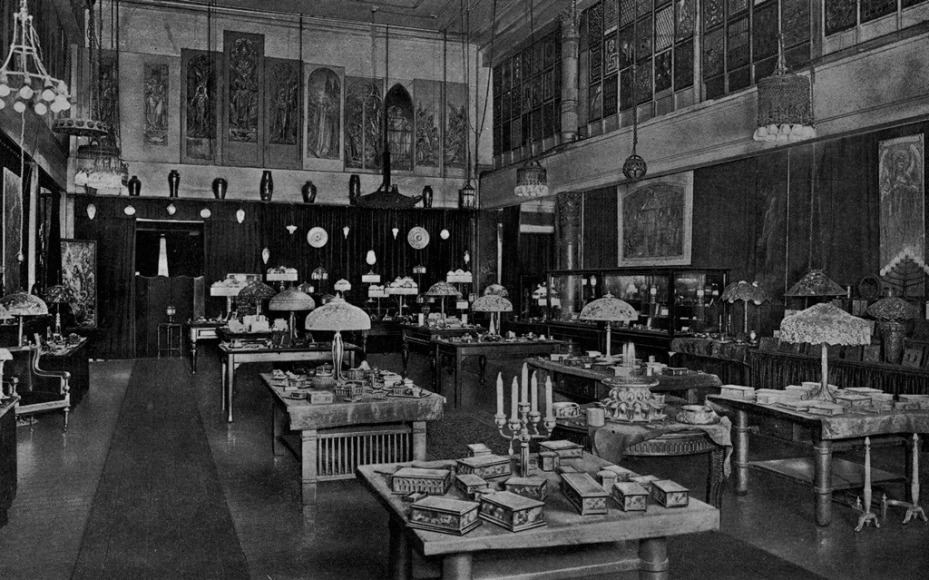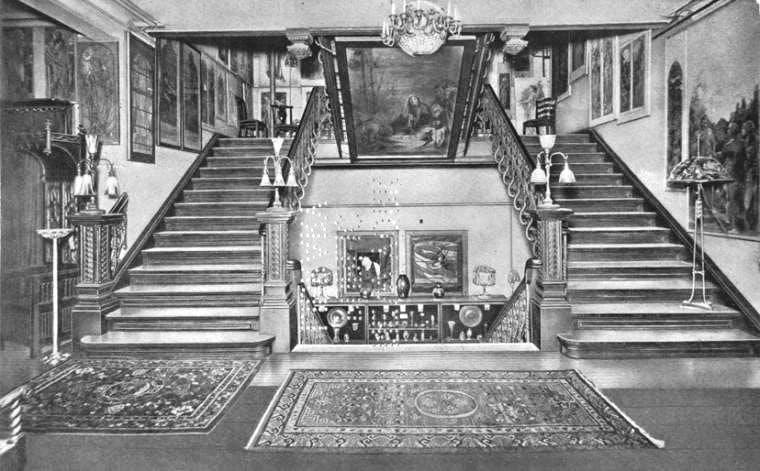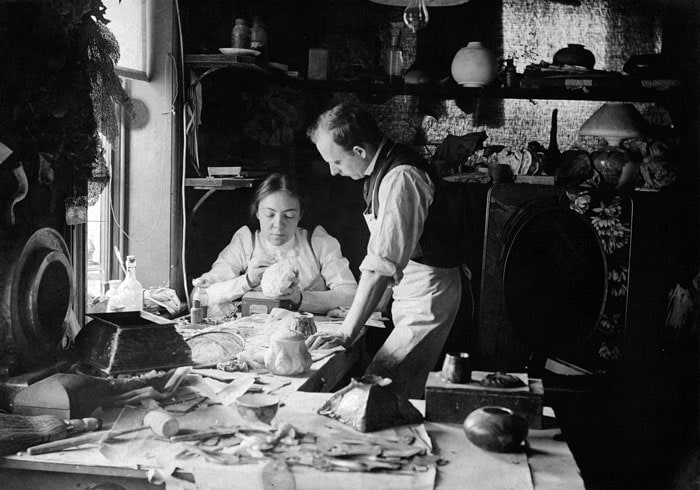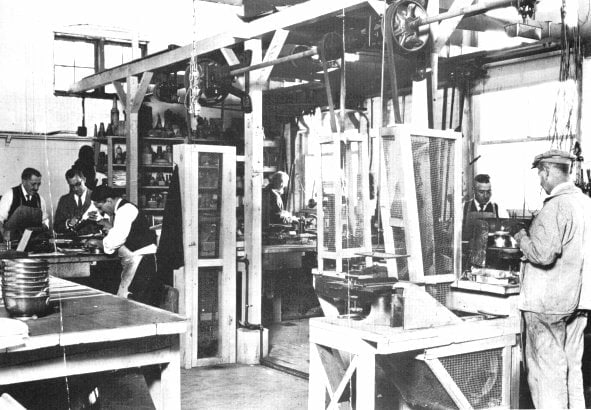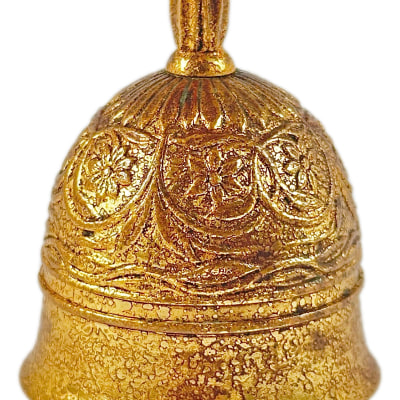
Louis Comfort Tiffany embodied the rebellious artistic spirit of the Gilded Age. His career spanned more than half a century, from the 1870s to the mid-1920s – a time of experimentation, intense scrutiny of aesthetic ideals, and proliferation of new styles. Tiffany demonstrated a multitude of talents as an architect and painter and as a designer of interiors, landscapes, and all of the decorative arts. Together with his studios of artists, glassmakers, stonemasons, mosaicists, modelers, metalworkers, wood-carvers, potters and textile workers, Tiffany heralded in America the notion of continuity of design, orchestrating pattern, texture, color and light to create a single aesthetic expression.
Born the son of the American businessman and jewelry maker, Charles Lewis Tiffany, studied art in Europe and Morocco as a young man. Soon after his return to the United States he began to participate in the Aesthetic Movement, which conferred a new, higher status to the decorative arts. Tiffany was particularly interested in the idea of intermingling all of the arts to create a complete, unified interior space and in 1878 designed his first interior – for his own home.
Later, Tiffany established the interior-decorating firm in New York City which came to be known as Tiffany Studios. The firm specialized in favrile glass work, characterized by iridescent colors and natural forms in the art nouveau style. This work ranged from lamps and vases to stained-glass windows and a huge glass curtain for the national theater in Mexico City. The firm enjoyed great success; his lamps became enormously popular in the 1960s and were widely imitated.

